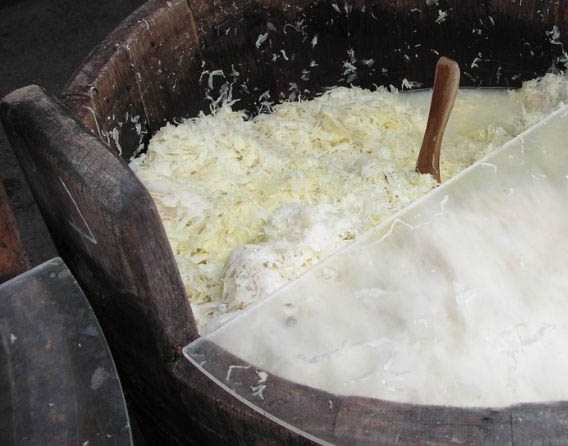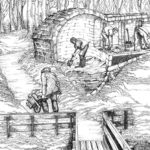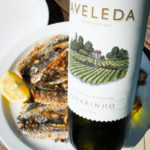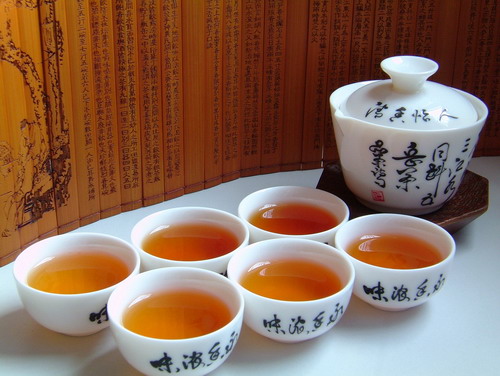CHEENING

The next one, probably the most characteristic of the Eastern Slavic region, pickling was the way of food preservation. It consists in creating the environment, in which lactic acid bacteria multiply, preventing decay and rotting of products. Pickling took place mainly in wooden vessels. They were perfect for this – just like today – wooden barrels. It was also possible to acidify food products in earth pits, lined and boarded with wood. Currently, stoneware dishes are perfect for this type of treatment: large pots or barrels.
For obvious reasons, archeology is silent about food raw materials preserved with this method, so we must again turn to ethnographic knowledge. The Slavs certainly pickled cabbage, probably also cucumbers and other vegetables. Our modern tastes are the best evidence of the popularity of this method of food preservation. In support of them, let us mention pickled cucumbers, and most of all the aforementioned sauerkraut, the basis of the traditional – often referred to as Old Polish – bigosu. An interesting way to pickle a multi-vegetable mixture, that is, SALAMACHES, used by Great Russian peasants; they threw chopped vegetables into the barrel, which they then filled with rainwater. Vegetable silage could also be produced in ground pits. Interestingly, in such cases, not only chopped vegetables were pickled, but also as a whole – often layers of sliced cabbage were layered with whole heads. Probably the Slavs also made silage from vegetable mixes, even cabbage with the addition of turnips, garlic and onions – such ingredients were used in Lithuania at the beginning of the 20th century to make white beet silage. Maybe a remnant of the habit of preparing multi-vegetable silage is adding other plants to pickled cucumbers or cabbage.: horseradish root, garlic cloves, carrots, dill, and even cherry leaves, oak or grape. The latter evoke memories from Moldova – the rustic cabbage rolls made of pickled vine leaves are delicious.
Putting aside – if only because of the smell – descriptions of methods of acidifying meat products, let's complete the list of silage with collecting products – e.g.. borscht leaves, from which the popular sour soup was prepared, and finally sorrel leaves. After all, today we can also buy pickled sorrel in jars in greengrocers and cook tasty soup from it.








